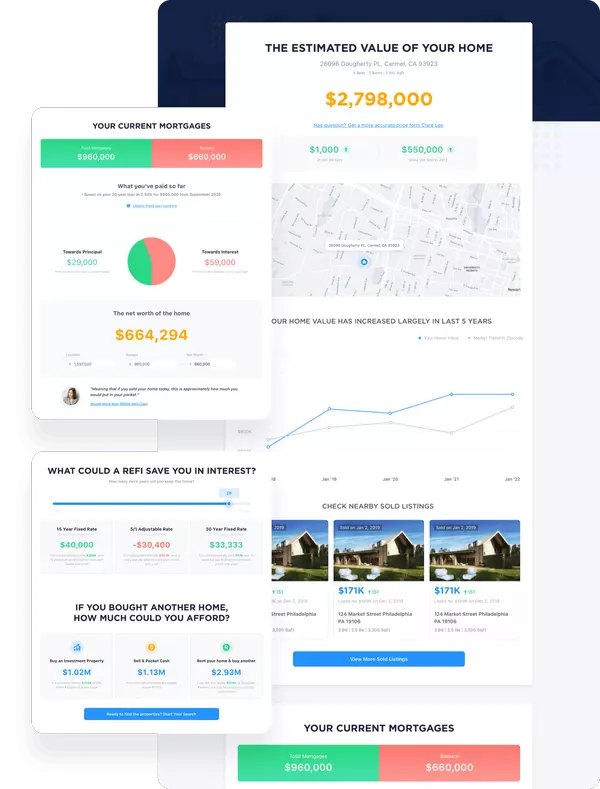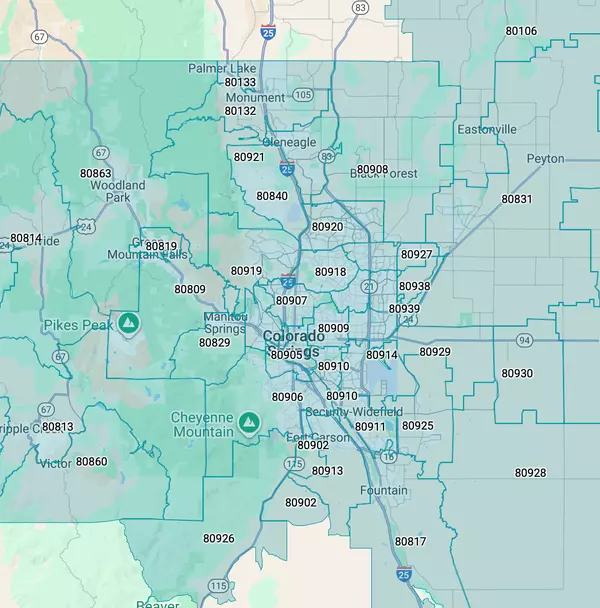

- Home
- Buy
- Sell
- Invest
- Explore
- By Area
- Colorado Springs Overview
- Northwest Colorado Springs Overview
- Northeast Colorado Springs Overview
- East Colorado Springs Overview
- Southeast Colorado Springs Overview
- Southwest Colorado Springs Overview
- Monument Overview
- Palmer Lake Overview
- Black Forest Overview
- Peyton Overview
- West Colorado Springs Overview
- Ellicott Overview
- Fountain Overview
- Manitou Springs Overview
- Green Mountain Falls Overview
- Cascade Overview
- Medical Facilities, Fire Districts, and More
- Trail Map
- Parcels for Sale in 80831
- By School
- El Paso County CO School Districts
- Homes in Cheyenne Mountain School District 12
- Homes in Lewis-Palmer School District 38
- Homes in Academy School District 20
- Homes in Manitou Springs School District 14
- Homes in Fountain-Fort Carson School District 8
- Homes in Colorado Springs School District 11
- Homes in Harrison School District 2
- Homes in Peyton School District 23 JT
- Homes in Widefield School District 3
- Homes in Ellicott School District 22
- Homes in Falcon School District 49
- By Zip Code
- Colorado Springs Hottest Zip Codes
- Colorado Springs, 80903
- Colorado Springs, 80904
- Colorado Springs, 80905
- Colorado Springs, 80906
- Colorado Springs, 80907
- Colorado Springs, 80908
- Colorado Springs, 80909
- Colorado Springs, 80910
- Colorado Springs, 80911
- Colorado Springs, 80915
- Colorado Springs, 80916
- Colorado Springs, 80917
- Colorado Springs, 80918
- Colorado Springs, 80919
- Colorado Springs, 80920
- Colorado Springs, 80921
- Colorado Springs, 80922
- Colorado Springs, 80923
- Colorado Springs, 80924
- Colorado Springs, 80927
- Colorado, 80831
- Market Stats
- Real Estate Calculators & Tools
- Professional Partners & Resources
- Real Estate Glossary
- By Area
- About Us
- Blogs
- Contact Us
- Register
- /
- Sign In
McGarry Home Team, REAL Estate Experts
We are here to serve all of your real estate needs!
By checking this box, I agree by electronic signature to the Electronic Disclosure Consent Agreement; to receive recurring marketing communication from or on behalf of McGarry Home Team, REAL Estate Experts, including auto-dialed calls, texts, and artificial/prerecorded voice messages (message frequency varies; data rates may apply; reply "STOP" to opt-out of texts or "HELP" for assistance); and to the Terms of Service and Privacy Policy of this website. Consent not required to make a purchase. I understand that I can call to obtain direct assistance.
Why Choose Us
Free & Instant Home Valuation
Estimate how much you can get by selling your home and keep track as the market changes.
Sell Faster
Our team utilizes the power of online marketing to sell faster than an average real estate agent.
Save Money
Our experts help you sell for the highest price point possible.



